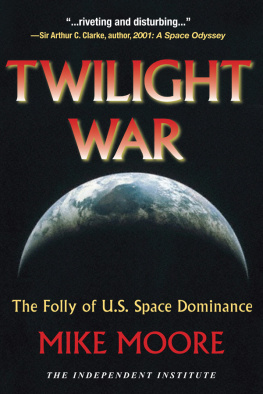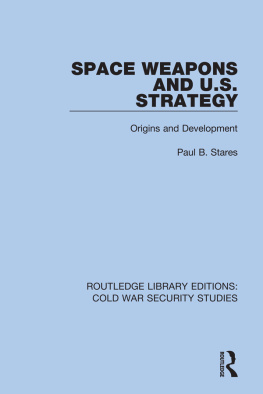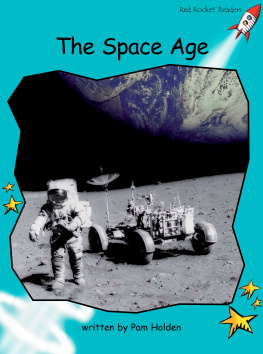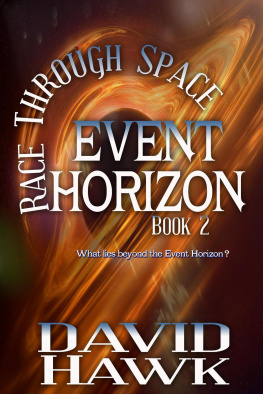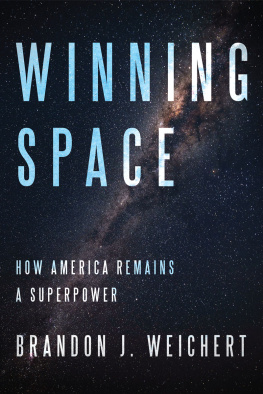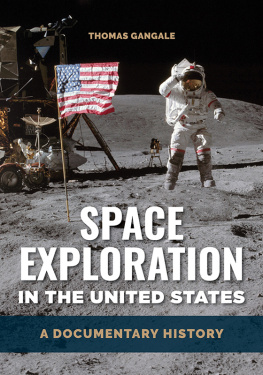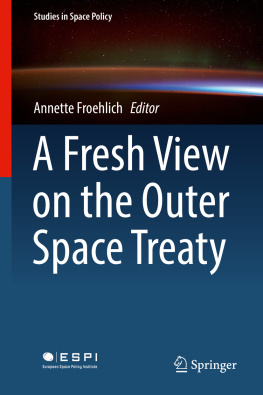I owe special thanks to Linda Rothstein, my editor and friend, and to my wife Sandy for her patience, support, and cogent criticismwhich in sum was, Write it so I can understand it! Good advice; I hope I met her standard.
I also thank the John D. and Catherine T. MacArthur Foundation for a generous research and writing grant, which made Twilight War possible, the Independent Institute, for its enthusiasm in overseeing and publishing it, and the Secure World Foundation for underwriting a book tour.
Appendix A |
Into Space, Anonymously |
Humans have long dreamed of breaking the bonds of gravity and soaring toward the heavens. When Daedalus and his son Icarus decided to escape from Crete, where they had been imprisoned by King Minos, they fashioned wings of feathers, thread, and wax. My son, Daedalus warned, neither soar too high, lest the sun melt the wax; nor swoop too low, lest the feathers be wetted by the sea. As father and son flapped toward safety, Icarus disobeyed, as young men are wont to do. He flew too close to the sun, with a tragic outcome.
Centuries later, Icaro-Menippus, who adapted the wing of a vulture and the wing of an eagle to his body and took off from Mount Olympus, met a happier fate. According to Lucian of Samosata, a second-century satirist, Icaro reached the Moon but was not yet content. He then journeyed to the stars and finally to heaven itself. Mercury escorted the audacious young man back to Earth and relieved him of his wings.
In 1638, Domingo Gonsales of Spainthe charming figment of a fertile British mindtold of his trip to the Moone, to which he was carried by wild swans trained to pull a contraption that looked something like a giant box kite with a trapeze bar hanging from it. Gonsales, serenely puffing his pipe while sitting on the bar, noted that Nicolaus Copernicus, the iconoclastic Polish astronomer, had been right all along. The heavens did not revolve around the Earth, as the clergy had long said. Rather, the Earth turneth round upon her own Axe every twenty-four howers from the West unto the East.
And thanks to Jules Verne, we are familiar with the journey to the Moon by Messrs. Barbicane, Nicholl, and Ardan. Shortly after the end of the American Civil War, according to Verne's tale, the Baltimore Gun Club, composed of expert artillerymen with a lot of time on their hands, raised $6 million to build a nine-hundred-foot-long cannon. Too long and too heavy to sit on the surface, it was fabricated perpendicularly, like a very deep well, into the Florida soil and rock, somewhere between present-day Fort Myers and Sarasota.
The trio's aluminum man-carrying cylindro-conical shell weighed about twenty thousand pounds; some four hundred thousand pounds of guncotton propelled it into space with an initial velocity of about thirty-six thousand feet a second. (As Verne describes it, the aerial coach was lined with strong springs and [hydraulic] partitions to lessen the shock of departure.) After whipping around the Moon, the men in the lunar coach splashed down in the Pacific. When picked up days later by a search vessel, Barbicane, Nicholl, and Ardan were engaged in a game of dominoes.
In 1898, five years before the Wright brothers got a powered glider off the ground at Kitty Hawk, a shy Russian mathematics teacher, Konstantin Eduardovitch Tsiolkovsky, born in 1857, calculated how a liquid-fueled reaction-machine might help humankind break the bonds of gravity. The scientifically. verified mathematical conclusions, Tsiolkovsky wrote, indicate the feasibility of an ascent into space with the aid of such machines and, perhaps, the establishment of settlements beyond the confines of Earth's atmosphere.
Tsiolkovsky published his first article on rocketry, Exploration of Space With Rocket Devices, in 1903 in a Russian scientific journal. He later churned out dozens of space- and rocket-related works before dying in 1935. He described how a rocket could be powered by a combination of liquid oxygen and liquid hydrogen, much as in today's space programs, and he imagined multi-stage rocketsa passenger rocket train some three-hundred-feet long and employing twenty rocket stages.
Working under great difficulties, with pitifully meager resources, wrote Arthur C. Clarke in 1968, Tsiolkovsky calculated, made models in his little workshop, and wrote numerous popular and technical articles advocating his ideas. Not only were most of these soundly based, they were also so astonishingly ahead of their time that even now we are still catching up with him.
Nothing practical came of Tsiolkovsky's theories. The Czarist government was too busy building opulent palaces to rival those of France to pay attention to someone like Tsiolkovsky. Then came the Great War, the Revolution,
In the early 1920s, many men in Europe and America were thinking along similar lines, including Hermann Oberth, a Transylvanian who taught mathematics in Romania. Oberth's The Rocket into Interplanetary Space was published in 1923. He believed that an early step toward space travel would have to be the construction of a space stationa large orbiting rocket with a mass of at least four hundred thousand kilograms.
Oberth's space station would be a marvelous astronomical observatory because in space, telescopes of any size could be used. The station also would be a sensational platform for observing the Earth. Men with telescopes could recognize every detail on the Earth and the information gained could be transmitted by light signals through the use of appropriate mirrors. Such observations would have prevented the Titanic from hitting an iceberg, said Oberth. He also imagined that huge orbiting mirrors might be constructed and used to focus the sun's energy on selected portions of the Earth.
For example, routes to Spitzbergen or to the northern Siberian ports could be kept free of ice. If the mirror had a diameter of only one hundred kilometers [only!], it could make broad areas in the northern regions of the Earth inhabitable through diffused light, and in our latitude it could prevent the fearful spring freezes and protect fruit crops from damage by night frosts in both spring and winter.
Herman Potocnik, an Austrian, was also enchanted with the notion of space travel. His The Problem of Space Travel, an obscure but marvelous work, was published in 1929. Potocnik, who adopted the pen name Herman Noordung, wrote of how rockets might be made to work and how trajectories eventually could be designed to land men on the Moon and to take them on fly-bys to the nearer planets, Mars and Venusan ancient dream of mankind!
Potocnik was especially intrigued by Mars. Even water is probably found on Mars, he wrote. However, a fairly large part of it is probably frozen, because the average temperature on Mars appears to be substantially below
Unhappily, an even larger concave mirror could be fashioned into a most dreadful weapon capable of sweeping the Earth with death rays. An enemy's munitions dumps could be ignited, cannons and tank turrets and iron bridges melted, and troops charred when the beams of this concentrated solar light were passed over them. Important war factories, industrial areas, even cities could be set ablaze. Ships at sea would be vulnerable; they could be burned out like bugs are exterminated in their hiding place with a torch.

